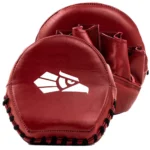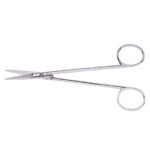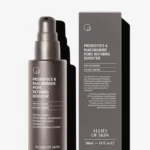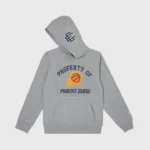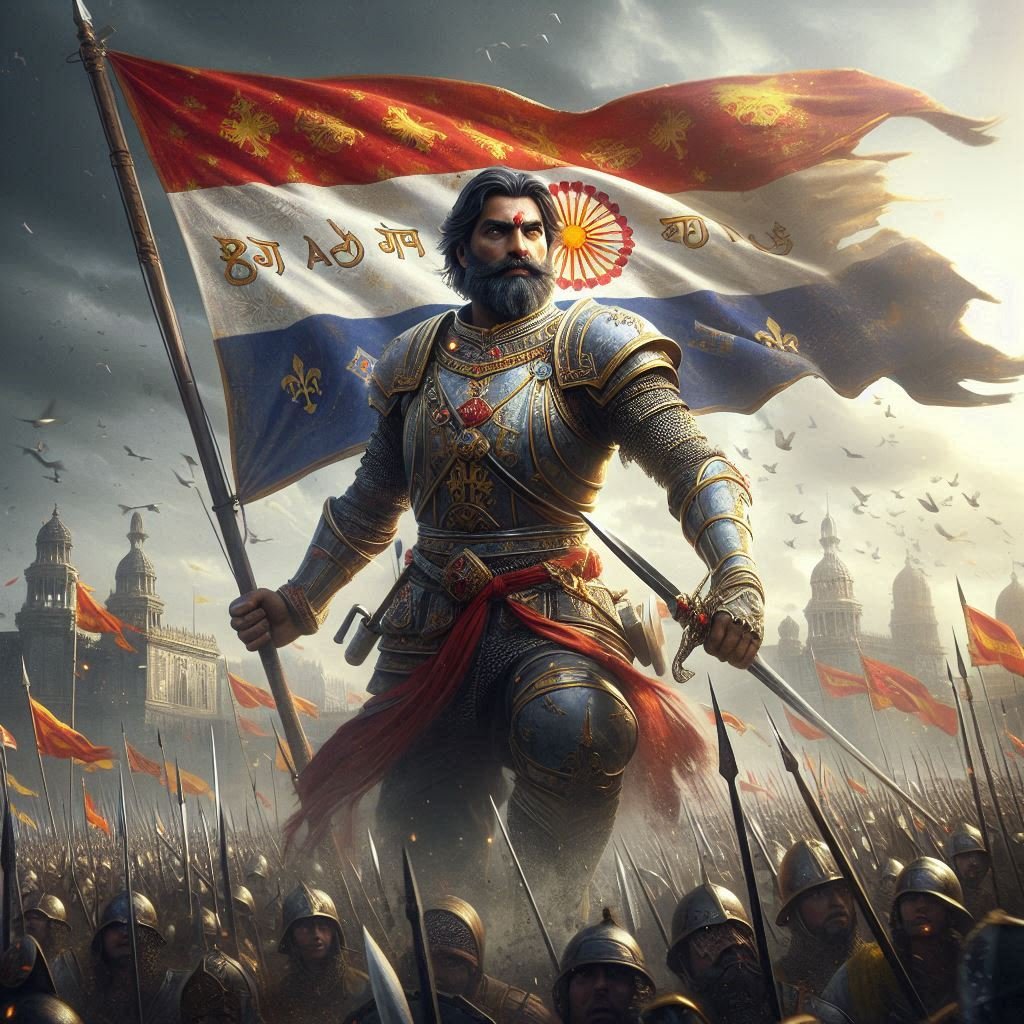Streetwear has become one of the most influential movements in the fashion world, blending elements of hip-hop, skate culture, and high fashion. While it may seem intimidating at first glance, streetwear is all about personal expression, comfort, and a sense of authenticity. For beginners, navigating this world can feel overwhelming with so many brands, styles, and evolving trends. This guide will break down the basics of streetwear fashion to help you start creating your looks with confidence.
What is Streetwear?
Streetwear is a casual fashion style that started with skateboarding and hip-hop culture in the 1970s and 1980s, primarily in cities like Los Angeles and New York. Originally, it emphasized comfort, functionality, and authenticity—qualities that still define streetwear today. Unlike high-fashion structured outfits, streetwear is relaxed and approachable, with pieces like hoodies, graphic tees, sneakers, and loose-fitting pants forming the foundation of most outfits.
However, streetwear has evolved significantly over the years. Today, it’s as much about exclusivity as it is about expression. Brands often release limited runs of items, creating hype and a sense of rarity. This exclusivity has turned some streetwear pieces into collector’s items, adding an element of prestige to the mix.
Key Elements of Streetwear:
To help you understand what makes up a streetwear look, let’s break down some of its most essential elements:
• Graphic T-Shirts: Graphic tees are a streetwear staple and serve as a canvas for self-expression. They often feature unique designs, logos, or cultural references. Classic brands like Supreme, Stüssy, and BAPE are known for their iconic tees. You can pair them with almost anything, from jeans to cargo pants, for a versatile look.
• Hoodies and Sweatshirts: Comfort is king in streetwear, and hoodies and sweatshirts are foundational pieces. They add an easy-going vibe to any outfit, especially oversized or “boxy” fits. Streetwear hoodies often come in bold colors or with eye-catching logos and are perfect for layering.
• Sneakers: Sneakers are crucial in streetwear fashion, sometimes even the main attraction of an outfit. Brands like Nike, Adidas, and Converse have collaborated with top designers and artists to produce exclusive and trendy sneakers that blend function with fashion. Sneakers are also the most customizable part of streetwear, with various styles to match any aesthetic.
• Outerwear (Jackets and Coats): Streetwear outerwear is functional yet stylish, often with unique designs and patterns. Bomber jackets, Corteiz jackets, and puffer jackets are popular choices. Many streetwear brands also incorporate technical and utilitarian elements, such as multiple pockets or weather-resistant materials, enhancing both style and practicality.
• Pants and Shorts: In streetwear, relaxed-fit jeans, cargo pants, and joggers are commonly seen. These provide comfort and allow for easy movement, aligning with streetwear’s casual, active roots. Cargo pants, in particular, have made a strong comeback in recent years and pair well with hoodies, tees, and sneakers.
Understanding the Importance of Brands:
In streetwear, brands play a significant role. Certain brands carry a cultural weight and often become symbols of style, success, or subculture affiliation. Here are a few well-known streetwear brands to know:
• Supreme: Known for its “drop” culture, Supreme releases limited quantities of items that often sell out within minutes. The brand’s signature logo, bold graphic designs, and high-profile collaborations have made it one of the most sought-after brands in streetwear.
• Off-White: Founded by Virgil Abloh, Off-White combines luxury with streetwear, pushing boundaries with its experimental designs. Known for its industrial style, bold prints, and unique construction, Off-White has become a favorite for those looking to blend streetwear with high fashion.
• BAPE (A Bathing Ape): This Japanese brand is famous for its camo patterns, shark hoodies, and ape logos. BAPE has been a major influence in streetwear for decades and is known for its premium quality and exclusivity.
• Stüssy: Often credited as one of the original streetwear brands, Stüssy combines surf, skate, and hip-hop influences. Its relaxed, California-inspired style remains a classic choice for both beginners and seasoned streetwear enthusiasts.
Mixing and Matching: Tips for Beginners:
Here are a few beginner-friendly tips to help you start building and styling your streetwear wardrobe:
• Start Simple: Begin with basic pieces like a graphic tee, jeans, and a pair of classic sneakers. Stick to neutral colors (black, white, gray, and navy) initially, which will make mixing and matching easier.
• Experiment with Layering: Layering is key in streetwear. Try combining a hoodie with a bomber jacket or a t-shirt with a denim jacket. Layering not only adds depth to your outfit but also allows for more versatility.
• Focus on Fit and Comfort: Streetwear is all about comfort. Don’t worry too much about tight-fitting clothes; relaxed and oversized fits are the go-to. Oversized corteiz hoodies, loose pants, and boxy tees are all part of the streetwear aesthetic.
• Invest in Sneakers: If there’s one thing to splurge on, it’s a good pair of sneakers. Sneakers can elevate even the simplest outfit and serve as a statement piece. Choose a pair that complements your overall style, whether it’s classic white Air Force 1s, bold Yeezys, or timeless Converse.
Finding Your Style:
Streetwear is about self-expression, so don’t be afraid to add your spin. Experiment with different color schemes, patterns, and brands to see what feels authentic to you. Many people also incorporate vintage pieces or second-hand items, which can add unique flair to their wardrobe. The key to streetwear is confidence and individuality—so wear what makes you feel good and true to yourself.






